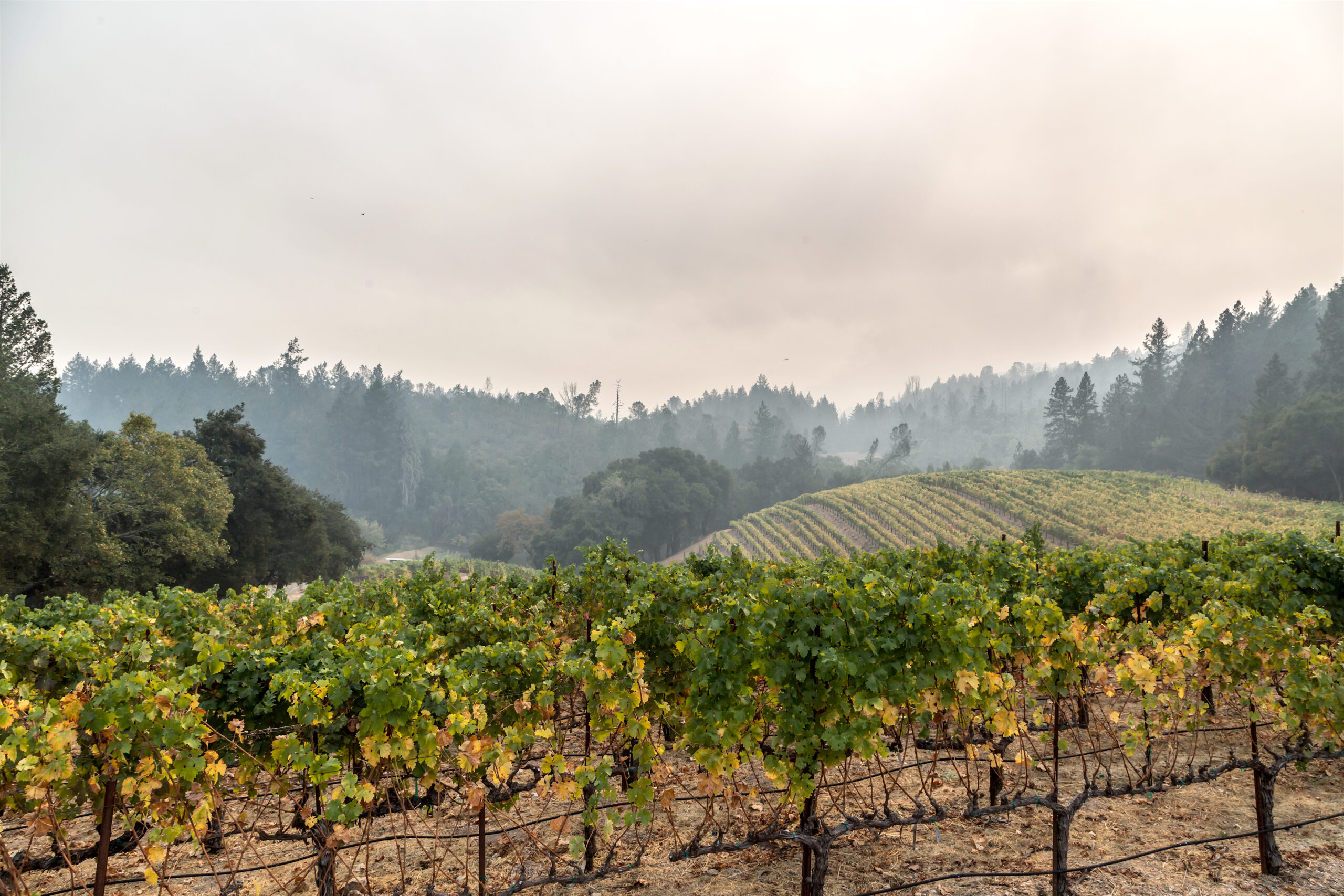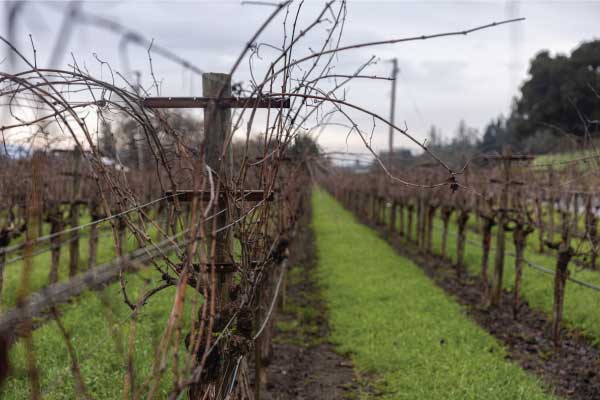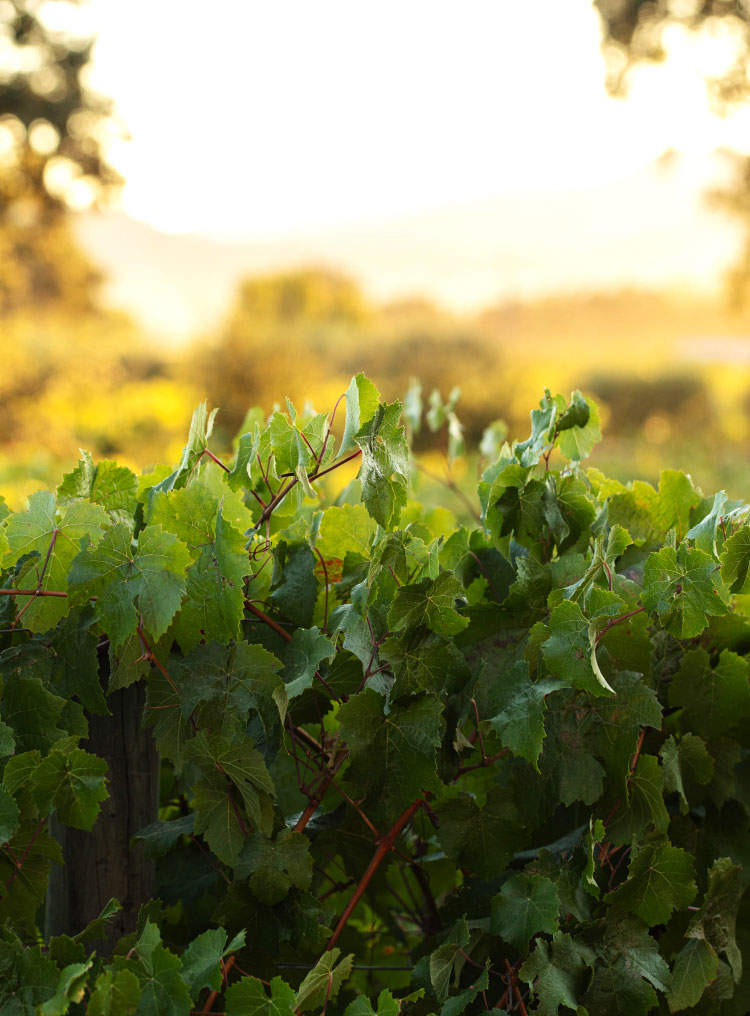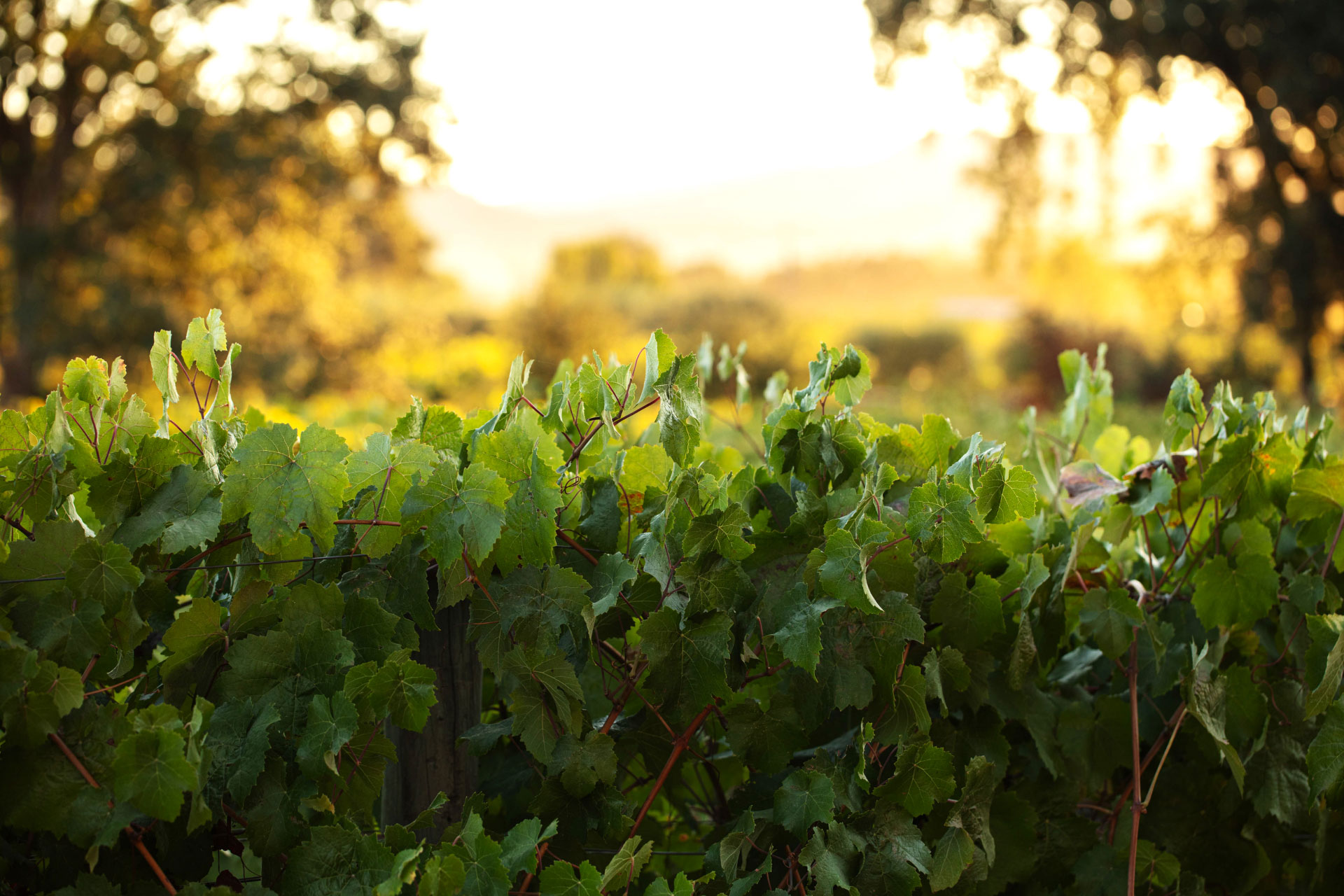California’s Fog Is Fading Away — Now What?


Flora Springs Winemaker Enriquo Bertoz gives his opinions on the effects of Fog on Grape-Growing to Wine Enthusiast.
Fog is to central and Northern California’s wine country what garrigue is to Southern France’s—it’s an intrinsic part of California wine’s character.
Effects of Fog on Grape-Growing
Fog acts like a cool sip of water on a hot day for parched vines—not as great as a dip in the pool (rain), but better than the alternative (nothing).
“Fog acts like a stress reliever during the summer,” says Fulldraw Vineyard’s cofounder and winemaker, Connor McMahon. “In drought years especially, I love seeing fog, because it holds moisture in soil, tucks it in like a blanket. Fog can also protect grapes from the sun. In Paso Robles, it gets so hot—in August and September we had six days of 115 degrees. A little bit of fog makes a huge difference.”
But McMahon says that since 2011 when he began working in Paso, he’s seen a significant decrease in fog events. In a bid to create relief for struggling grapes, McMahon says he started using shade cloth in 2013.
“It’s essential to protect the fruit from direct sunlight when the rain and fog aren’t there,” McMahon says. “And we don’t want to overstress our water table and water the grapes all day, which is the alternative.”
Enrico Bertoz, winemaker at Napa’s Flora Springs, has also been alarmed by the drop in fog in recent years. “In the past few years, we have experienced a decline in the duration of the fog during the summer months,” Bertoz notes. “Ten years ago, the fog lasted through much of the day, and now it burns up more quickly in the morning. Where most of our vineyards are located in Rutherford and Oakville, we receive fog from both the San Pablo Bay and the Chalk Hill Gap in the Mayacamas, which is incredibly important.”
Bertoz explains that the fog helps “retain natural acidity in the grapes and prevent sunburn and heat damage.” And this year, Bertoz is happy to report, the growing season has delivered plenty of fog, something he also links to a longer growing season, which in turn ensures even ripening and full phenolic maturity.
At this point, a clear, traceable line from fog—or the lack thereof—to definitive effects on the development of grapes has not been established. Observations like Bertoz’s are backed up by one of the only comprehensive academic studies of fog’s impact on vegetation in general, published in Geophysical Research Letters.
Tracking the impact of fog through satellite imagery and remote sensing data, researchers say that fog has a “continuous positive impact” on vegetation in drier regions. Fog, the authors write, helps plants maintain “photosynthetic function and sustain biogeochemical dynamics,” and can reduce drought stress by up to 36% off the coast of southern California.
At Flora Springs, when the fog doesn’t deliver that much-needed hit of moisture, they cope by “adding plenty of water and pruning as few leaves as possible [to encourage shading] in the fruit zone to ensure as much water as possible was retained within the vines,” Bertoz explains, adding that the periodic watering helps counteract what would otherwise be an “expedited sugar ripening process.”
Take Nothing for Granted
Coming off the wettest winter in decades, winemakers are clear on one thing: Nothing is a given anymore.
Joe Nielsen, general manager and winemaker at Ram’s Gate Winery in Sonoma, concurs that fog is another shifting factor that vintners should begin to monitor.
“I come from the Midwest, and when I came to Northern California, the fog struck me as such an anomaly,” Nielsen says. “Fog is so important, because it acts as a natural air condition, and is essential for mitigating both the highs and lows of temperature during the growing season.”
Anecdotally, Nielsen says that he’s noticed differences in the fog, but says he couldn’t begin to estimate how much it has changed.
“There’s no way I could say we get 20% more or less at this point,” Nielsen admits. “It’s just clearly more erratic, along with everything else. But winemaking is just getting more refined every day, and because fog is so important to grape-growing, we definitely plan to monitor it more closely. We measure and track everything else in the vineyard—why not fog?”
“The weather has been so weird for the past years, it’s clear that we can’t take anything for granted,” says Dave Low, winemaker at Papapietro Perry in Healdsburg. “We’ve definitely noticed less fog in the past few years, but I haven’t noticed that it has led to a chemical difference in the grapes. They look the same, and they taste the same. But we are picking them a month earlier than we used to, and some of that is probably due to less fog.”
Fog, Low says, is something he plans to keep an eye on in the coming years, to establish if there is any link between a reduction of fog and changes in the glass.
Our Vineyards
Flora Springs produces varietal wines ranging from Sauvignon Blanc and Chardonnay to Merlot, Cabernet Sauvignon and other red Bordeaux varietals. Each year the family selects a small percentage of the yield for their own wines, selling the remaining fruit to neighboring Napa Valley wineries. This selection puts the focus on quality, not quantity, resulting in hand-crafted wines that meet the family’s exacting standards. Read more about our vineyards here.
Back to News



